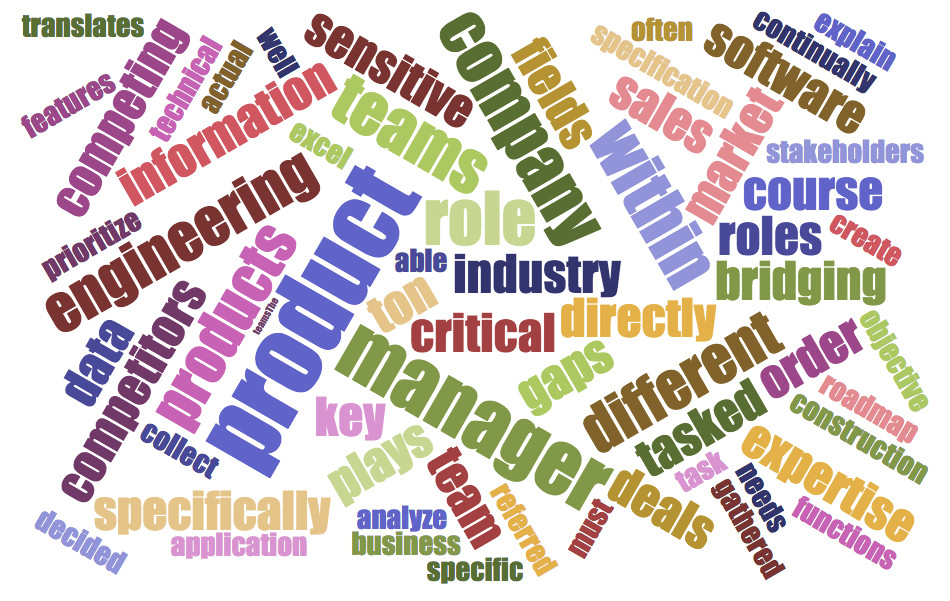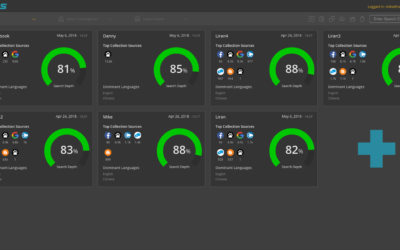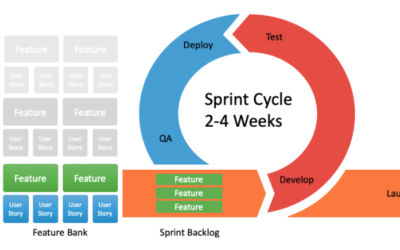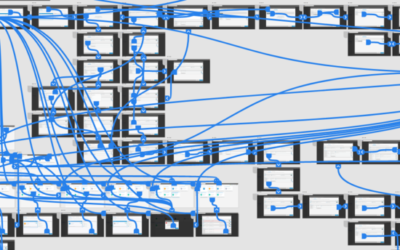The product manager plays a central role within the software company and deals directly with a ton of sensitive and critical information about the market, competitors, competing products, key industry roles and of course the product itself.
The product manager is an interdisciplinary role, who is tasked with bridging gaps within the company between teams with different fields of expertise, specifically between the “engineering team” and the “product marketing and sales teams”.

Being the Best Manager that You Can Be
In order to excel in this task the product manager needs to continually collect and analyse data from all of the different stakeholders. The product manager translates the business objective of a product into the engineering requirements of the actual product often referred to as a technical specification or product brief.
Once you have gathered the relevant data you must then create a product roadmap and then prioritise the features and functions of the application. You must also be able to explain why you have decided on a specific feature order for the products construction.
The most important aspect of a good product manager is a deep understanding of “user experience”. The PM must be passionate about every aspect of user experience, which includes testing the product and observing the customer using the product first hand, especially in a start-up and implementing the knowledge gained by these actions as quickly as possible.
The Product Manager Check List
The following section briefly reviews and lists the required skills for successfully performing the task of a good product manager:
- What, Which, Where and How – One of the main tasks of a product manager is to define what features need to be developed, which are the most important features that need to be developed, where the feature solves a specific problem and how the feature is to be constructed by the development team.
- The Ability to Say “NO” – There are many times throughout the course of a product’s lifecycle that an executive or a salesperson will ask or even beg for a new feature to be included in the product or jammed into the next development sprint because a customer has “promised” to buy the product if it is included in the next release. If the request undermines or threatens the strategic objective or planned feature enrichment for the product, you will have to say no. Engaging with each of the stakeholders in a one-on-one framework works well for me, rather than having big meetings where ego and tensions can sometimes run high.
- Balancing Between Prioritisation and Customer Requirements – It doesn’t matter how big your development teams is or the size of your budget, you will always need to deal with limited resources for your product development. You will need to make decisions about the order of importance balanced between your products objectives, the limited resources and the various demand of your stakeholders. I find that giving scores to the “feature list” is a good method for creating a transparent development flow and also exposing the “feature order” to all of the products stakeholders where they then have the opportunity to give feedback and input regarding the prioritisation for the upcoming features. Remember to keep it simple and remind the stakeholders that a features functionality can be expanded at a later date, people not robots are building your baby and they also have to learn as they build.
- Learning Your Products Market Segment – There are many methods that you can employ to gather the relevant data about your product market and potential market footprint. If you have real user data such as log files, click sequence or click path data than you are in heaven. Customer feedback and customer observation is the easiest and most accurate way to gain understandings and insight. In addition, studying your competitors products, online communities, reading blogs comments or asking your customers directly are also helpful but must be treated with caution. Finally, reading independent “comparative product studies” all provide valuable information that help you correctly define the product and its feature roadmap.
Focusing on the Objective
The main task of a good product manager is to provide a meaningful solution for a specific problem. This incorporates the entire product life cycle of a product from the initial “product vision” to understanding the technology with which it will be built as well as the time and effort required for building the product itself. This is essential when working in an agile development framework.
A good product manager spends more time with the development team than anyone else in the business.
Conclusion
I hope that this article has helped you clarify and understand the underlying precepts and concepts for the making of a good product manager and has provided you with food for thought when you start to plan the construction of your products objective and feature road map.
Go get ’em….
Related Articles
Read the following articles to gain a better understanding of how to build a good software product.
Pixel Accurate UX Designs
When designing a new product UI, I alway try to employ the K.I.S.S method, of "keep it simple stupid", it hasn't failed me yet. If on the other hand you have no choice but to create a new custom control then provide the developer with a "pixel accurate" screenshot...
How to Prioritize your Product Backlog
A product backlog is the definitive list of all the new epics, features (changes to existing features), user stories, bug fixes, infrastructure changes and maintenance items of your software product. It is also the place to add any other additional tasks that a...
UX Prototyping – The Only Way to Fly
Creating a software solution is a labor intensive human endeavour. It requires input from many different disciplines and stakeholders for it to reach fruition. So, before you start to crunch code maybe you should give some thought to first building a full interactive...





Recent Comments